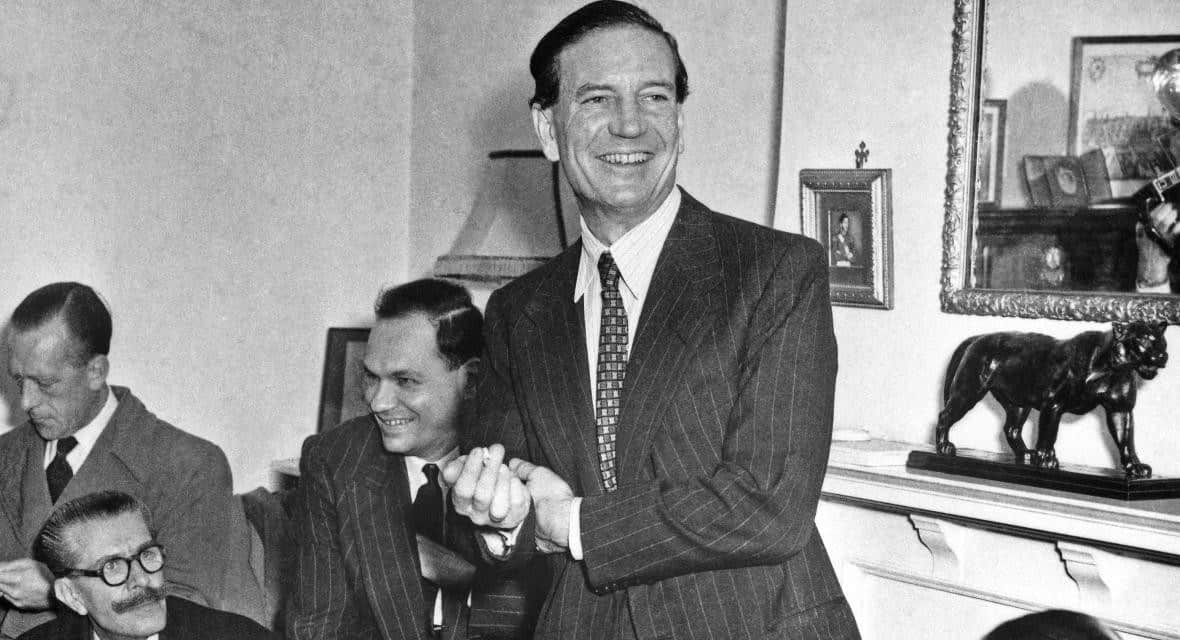From the mid-1930s through the early 1960s, the Soviet Union benefited from the services of five British traitors. Reams of classified documents were transferred from British files and offices to those of the Soviet’s. During the height of World War II and the Cold War which followed, classified information shared between the United States and Great Britain received an eager welcome from the Soviets. The traitors sent so much information to their Soviet handlers that some in the NKVD/KGB questioned its value. Others were simply overwhelmed by the amount of data received and had insufficient time to properly analyze it all. Much of the damage done by the group originally labeled the Cambridge 4, later expanded to 5 when another traitor’s activities came to light, remains unknown.

Recruited in their youth while either studying at Cambridge or shortly thereafter, the group appeared motivated by their belief in communism. One of the five, a Fellow of Trinity College named Anthony Blunt, served as the chief recruiter for the group, which may have contained other members as yet unconfirmed. Their positions as careerists within successive British governments allowed them access to secrets which they willingly compromised. The extent of their activities led to the British government attempting to keep them hidden from the British public and from the intelligence agencies of the United States. The latter activity sowed seeds of distrust between the long-time allies at the height of the Cold War in the late 1950s and early 1960s. As part of keeping their existence hidden, none of the spies were ever prosecuted for their treason. Here is their story.

1. Who were the Cambridge 5?
While studying at Cambridge in the 1930s, Harold “Kim” Philby served as a treasured for the Cambridge University Socialist Society, beginning in 1932. Two other members of the pro-communist society, Donald Maclean and Guy Burgess, came to his attention. The three found common ground in support of Soviet-style communism and denounced the capitalism and imperialism of the west. More outspoken than the others, Philby drew the attention of Soviet operatives in London. Through Anthony Blunt, an earlier Cambridge graduate, the Soviets approached Philby about working for them. Philby suggested they approach Maclean and Burgess as like-minded souls. Blunt later claimed, in a signed confession, recruiting all three of the then-recent graduates to serve the Soviet Union.
The so-called “fifth man” entered the picture at about the same time, though his identity remained secret for years after the original four were revealed. Another Cambridge graduate, John Cairncross served in the British Treasury, the Cabinet, and MI6 before and during World War II. A former KGB agent later said of Cairncross, “…he successfully penetrated a greater variety of the corridors of power and intelligence than any of the other four”. Though Cairncross served the Soviets throughout World War II and in its aftermath, he maintained that he remained loyal to Great Britain. In 1964 he admitted his espionage to MI6, insisting none of the information he passed to the Soviets harmed Great Britain’s interests. In Moscow, a plaque at KGB headquarters listed his name as one of the “Magnificent Five” former British citizens who spied for the Soviet Union.

